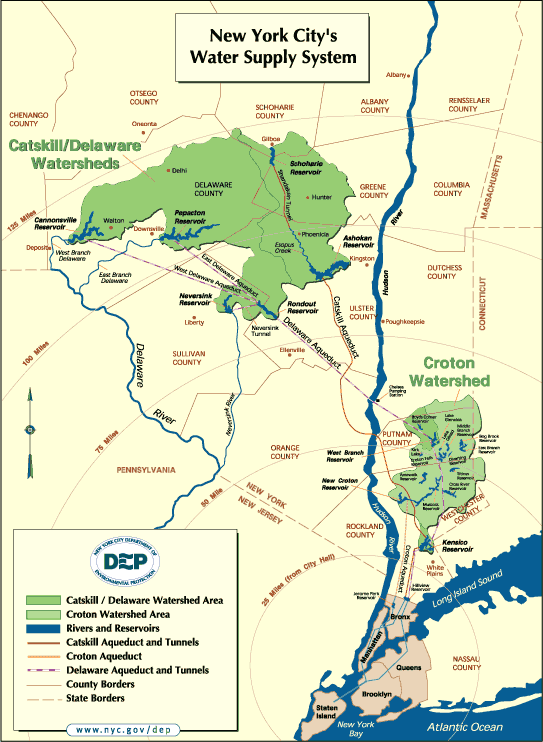
Source
29 March 2006. A writes:
On the high hazard dams in NYC, Ridgewood Reservoir is empty, and has been off line for years. Onassis Reservoir in Central Park is also no longer a source. Silver Lake Reservoir is now just a lake, but there is a reservoir underneath it (the largest underground water tank in the world, I think.)
26 September 2003. One of the Eyeball
series.
Source of aerail photos and topo maps:
Terraserver.
See related NYC high hazard dams: http://eyeball-series.org/nycd-eyeball.htm
"City of Water," David Grann, The New Yorker, September 1, 2003:
"Look," Ryan said, "if one of those tunnels goes, this city will be completely shut down. In some places there won't be water for anything. Hospitals. Drinking. Fires. It would make September 11th look like nothing."Many experts worry that the old tunnel system could collapse all at once. "Engineers will tell you if it fails it will not fail incrementally," said Ward. "It will fail catastrophically." If City tunnel No. 1, which is considered the most vulnerable, caved in, all of lower Manhattan and downtown Brooklyn, as well as parts of the Bronx, would lose its water supply. If the aqueducts gave out, the entire city would be cut off. "There would be no water," Ward told me. "These fixes aren't a day or two. You're talking about two to three years."
Mayor Michael Bloomberg recently noted at a press conference that "this city would be brought to its knees if one of the aqueducts collapsed."
There is now the additional threat of terrorism. Although the public's attention has focussed on the danger of someone poisoning the water supply, officials believe that the system would likely dilute a toxin's effects. The greater danger, they say, is that a terrorist might blow up one of the pipelines before the third water tunnel is up and running. "That's the scary thing," Ward said. Fitzsimmons, the sandhogs' union leader said, "If you attacked the right spots -- I hate to say this, but it's true -- you could take out all of the water going into New York City."
Waterworks: a Photographic Journey through New York's Hidden Water System, Stanley Greenberg, 2003. Greenberg writes:
I completed work on this project early in 2001. After September 11, it became clear that neither I nor anyone else would be allowed to the access that had been granted me for a long time. When I looked to publish this collection, I encountered resistance from those who thought I was creating a handbook for terrorists. Fortunately I found a publisher who believed, as I did, that it is important to publish these pictures. we have to be very careful about safeguarding our water supply, but we also have to stay connected to it. We need to protect it from terrorists, but we need to protect it from farm runoff, automobile pollution, acid rain, household sewage, and many other forms of pollution that will only increase as development encroaches on the watershed. Only by knowing our system will we be able to insure the quality of our water.
See also Water for Gotham: A History, Gerard T. Koeppel, 2000.
http://www.epa.gov/region02/water/nycshed/supply.htm
New York City Water SupplyThe New York City watershed covers an area of over 1,900 square miles in the Catskill Mountains and the Hudson River Valley. The watershed is divided into two reservoir systems: the Catskill/Delaware watershed located West of the Hudson River and the Croton watershed, located East of the Hudson River. Together, the reservoir systems deliver approximately 1.4 billion gallons of water each day to nearly 9 million people in New York City, much of Westchester County, and areas of Orange, Putnam, and Ulster Counties.
The Catskill Water Supply System, completed in 1927, and the Delaware Water Supply System, completed in 1967 combine to provide about 90 percent of New York's water supply. The combined Catskill/Delaware (Cat/Del) watersheds cover 1,600 square miles. Water from the Catskill and Delaware systems is mixed in the Kensico reservoir before it is discharged into the Hillview reservoir and on to the distribution system. Drinking water from the Cat/Del System is of high quality and is currently delivered to New York consumers unfiltered (in compliance with the Surface Water Treatment Rule).
The Croton Water Supply System began service in 1842 and was completed prior to World War I. Consisting of ten reservoirs and three controlled lakes, the Croton system has the capacity to hold 95 billion gallons of water and normally provides 10 percent of New York's daily water supply. The Croton Watershed covers approximately 375 square miles East of the Hudson River in Westchester, Putnam, and Dutchess Counties and a small section of Connecticut.
New York City Water Supply: http://www.nyc.gov/html/dep/html/watersup.html
Source
http://www.nyc.gov/html/dep/html/history.html
HistoryEarly Manhattan settlers obtained water for domestic purposes from shallow privately-owned wells. In 1677 the first public well was dug in front of the old fort at Bowling Green. In 1776, when the population reached approximately 22,000, a reservoir was constructed on the east side of Broadway between Pearl and White Streets. Water pumped from wells sunk near the Collect Pond, east of the reservoir, and from the pond itself, was distributed through hollow logs laid in the principal streets. In 1800 the Manhattan Company (now The Chase Manhattan Bank, N.A.) sank a well at Reade and Centre Streets, pumped water into reservoir on Chambers Street and distributed it through wooden mains to a portion of the community. In 1830 a tank for fire protection was constructed by the City at 13th Street and Broadway as was filled from a well. The water was distributed through 12-inch cast iron pipes. As the population of the City increased, the well water became polluted and supply was insufficient. The supply was supplemented by cisterns and water drawn from a few springs in upper Manhattan.
After exploring alternatives for increasing supply, the City decided to impound water from the Croton River, in what is now Westchester County, and to build an aqueduct to carry water from the Old Croton Reservoir to the City. This aqueduct, known today as the Old Croton Aqueduct, had a capacity of about 90 million gallons per day (mgd) and was placed in service in 1842. The distribution reservoirs were located in Manhattan at 42nd Street (discontinued in 1890) and in Central Park south of 86th Street (discontinued in 1925). New reservoirs were constructed to increase supply: Boyds Corner in 1873 and Middle Branch in 1878. In 1883 a commission was formed to build a second aqueduct from the Croton watershed as well as additional storage reservoirs. This aqueduct, known as the New Croton Aqueduct, was under construction from 1885 to 1893 and was placed in service in 1890, while still under construction. The present Water System was consolidated from the various water systems in communities now consisting of the Boroughs of Manhattan, the Bronx, Brooklyn, Queens and Staten Island.
Since 1842, there have been no significant interruptions of service other than brief annual shutdowns for the purpose of routine inspections during the period from 1842 to the Civil War.
In 1905 the Board of Water Supply was created by the State Legislature. After careful study, the City decided to develop the Catskill region as an additional water source. The Board of Water Supply proceeded to plan and construct facilities to impound the waters of the Esopus Creek, one of the four watersheds in the Catskills, and to deliver the water throughout the City. This project, to develop what is known as the Catskill System, included the Ashokan Reservoir and Catskill Aqueduct and was completed in 1915. It was subsequently turned over to the City's Department of Water Supply, Gas and Electricity for operation and maintenance. The remaining development of the Catskill System, involving the construction of the Schoharie Reservoir and Shandaken Tunnel, was completed in 1928.
In 1927 the Board of Water Supply submitted a plan to the Board of Estimate and Apportionment for the development of the upper portion of the Rondout watershed and tributaries of the Delaware River within the State of New York. This project was approved in 1928. Work was subsequently delayed by an action brought by the State of New Jersey in the Supreme Court of the United States to enjoin the City and State of New York from using the waters of any Delaware River tributary. In May 1931 the Supreme Court of the United States upheld the right of the City to augment its water supply from the headwaters of the Delaware River. Construction of the Delaware System was begun in March 1937. The Delaware System was placed in service in stages: The Delaware Aqueduct was completed in 1944, Rondout Reservoir in 1950, Neversink Reservoir in 1954, Pepacton Reservoir in 1955 and Cannonsville Reservoir in 1964.
Water for the system is impounded in three upstate reservoir systems which include 19 reservoirs and three controlled lakes with a total storage capacity of approximately 580 billion gallons. The three water collection systems were designed and built with various interconnections to increase flexibility by permitting exchange of water from one to another. This feature mitigates localized droughts and takes advantage of excess water in any of the three watersheds.
In comparison to other public water systems, the Water System is both economical and flexible. Approximately 95% of the total water supply is delivered to the consumer by gravity. Only about 5% of the water is regularly pumped to maintain the desired pressure. As a result, operating costs are relatively insensitive to fluctuations in the cost of power. When drought conditions exist, additional pumping is required.
|
CATSKILL/DELAWARE RESERVOIRS |
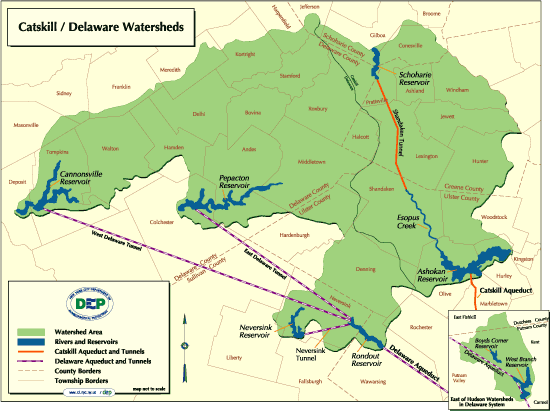 Source |
| Ashokan Reservoir
|
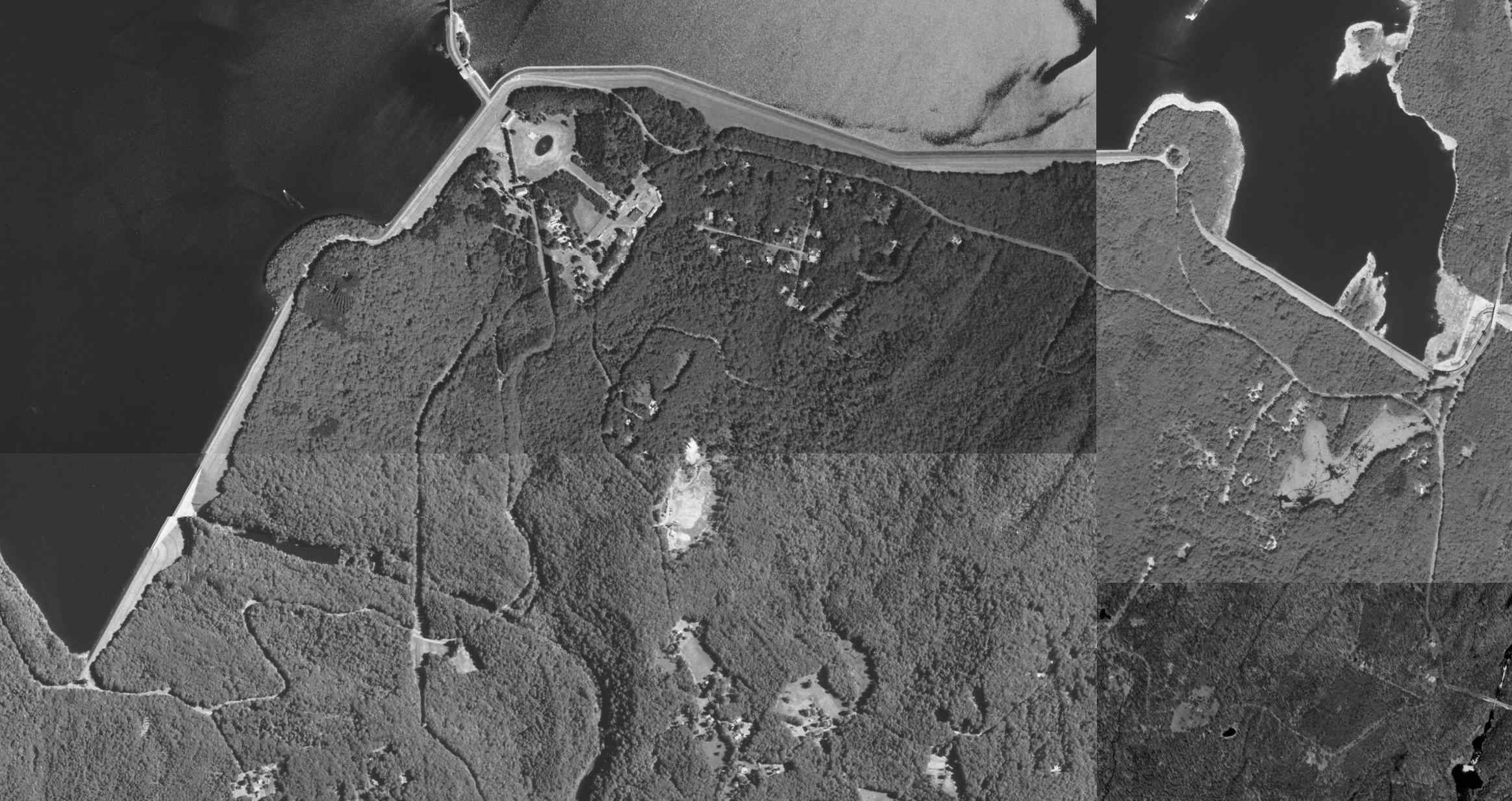 |
| Cannonsville Reservoir
|
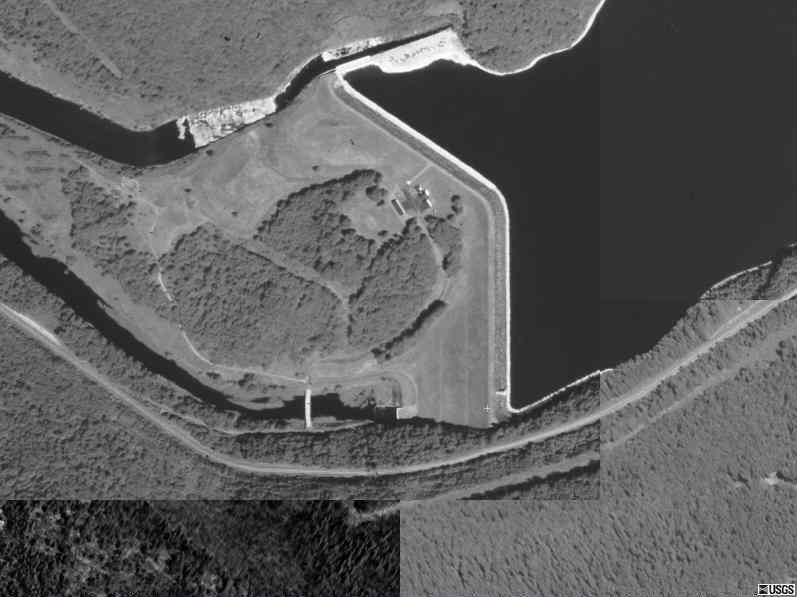 |
| Kenisco Reservoir
|
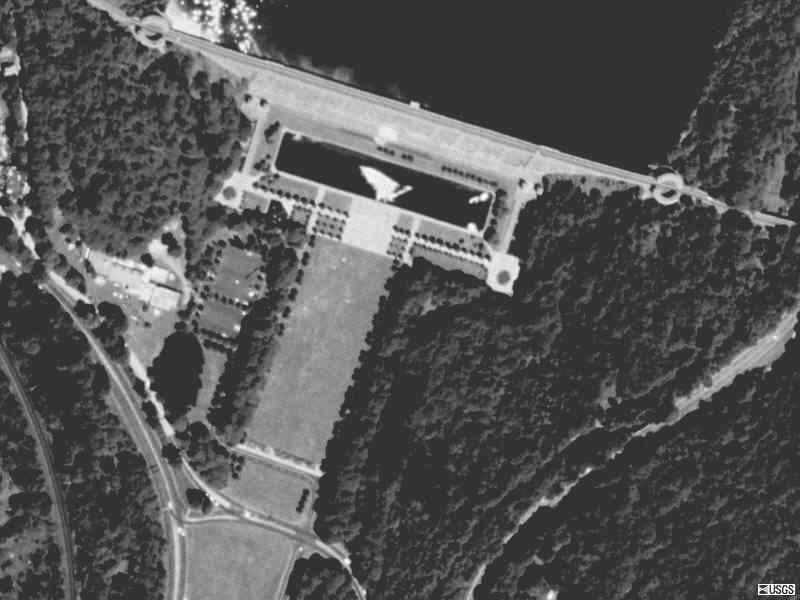 |
| Neversink Reservoir
|
 |
| Pepacton Reservoir
|
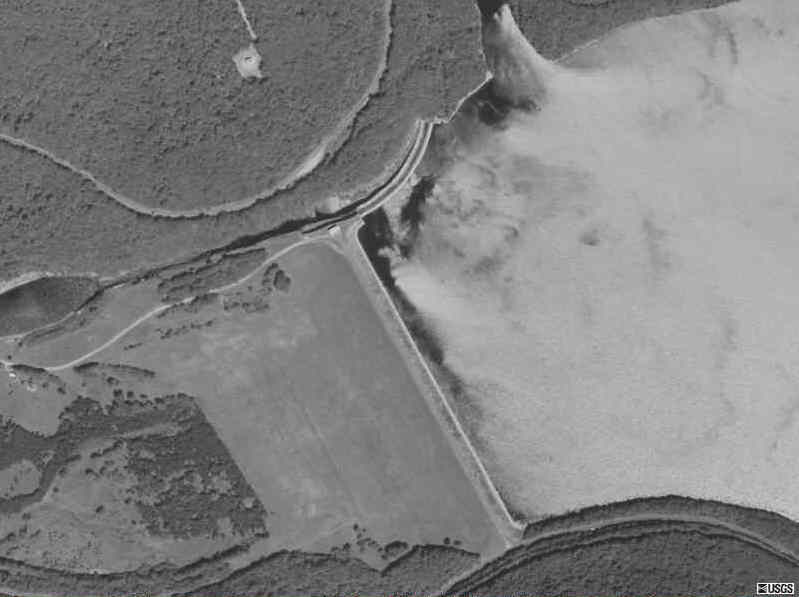 |
| Rondout Reservoir
|
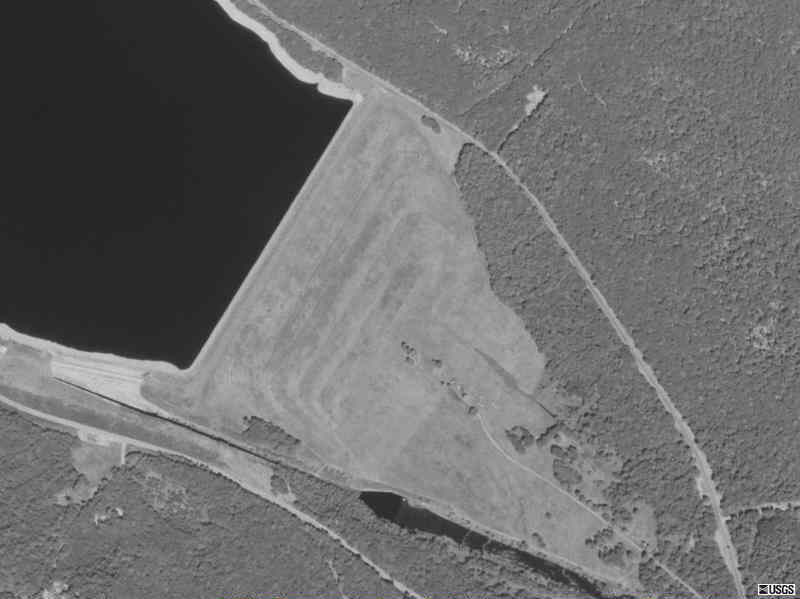 |
| Schoharie Reservoir
|
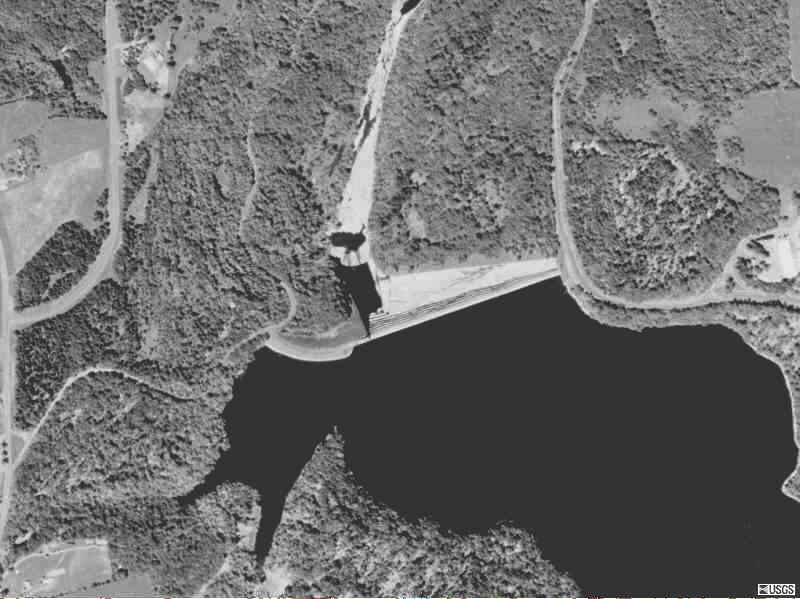 |
| West Branch Reservoir
|
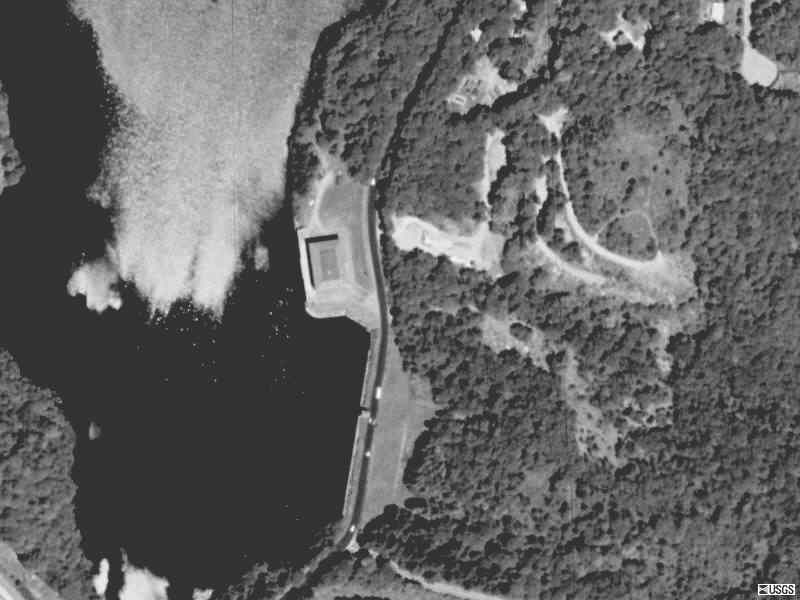 |
CROTON WATERSHED RESERVOIRS |
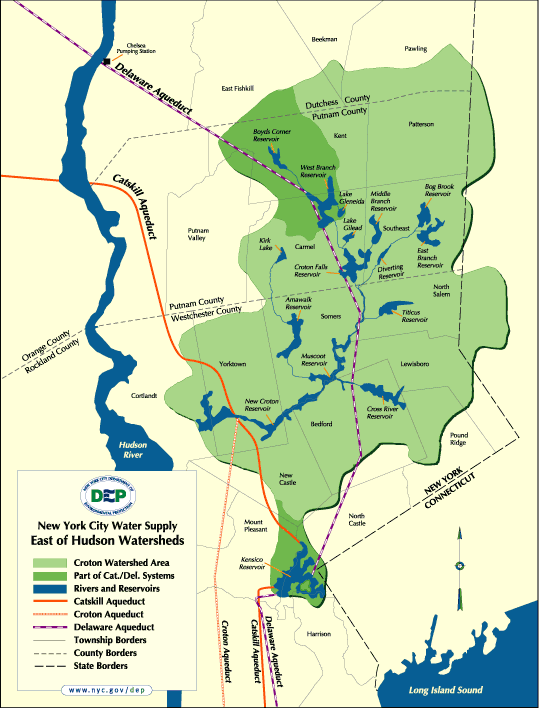 Source |
| Catskill and New Croton Aqueducts From New Croton Reservoir to Hillview and Jerome Distribution Reservoirs
|
| Amawalk Reservoir
|
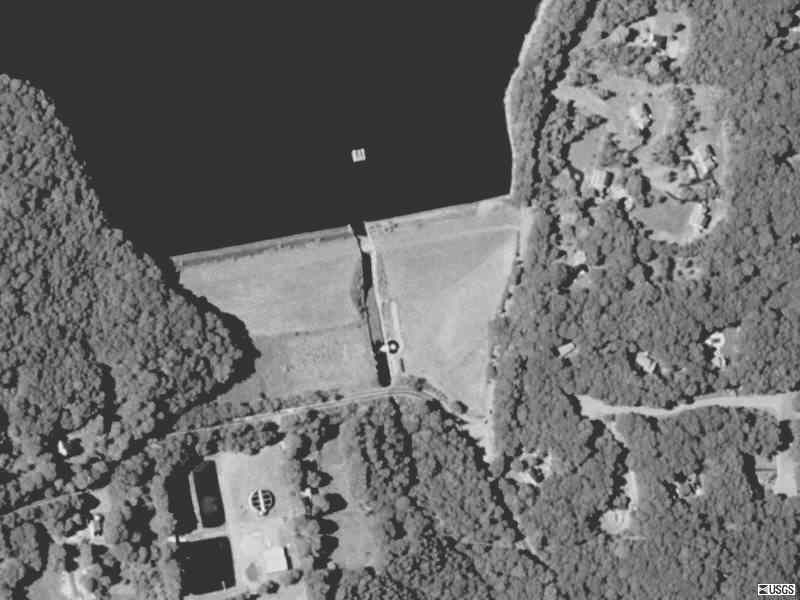 |
| Cross River Reservoir
|
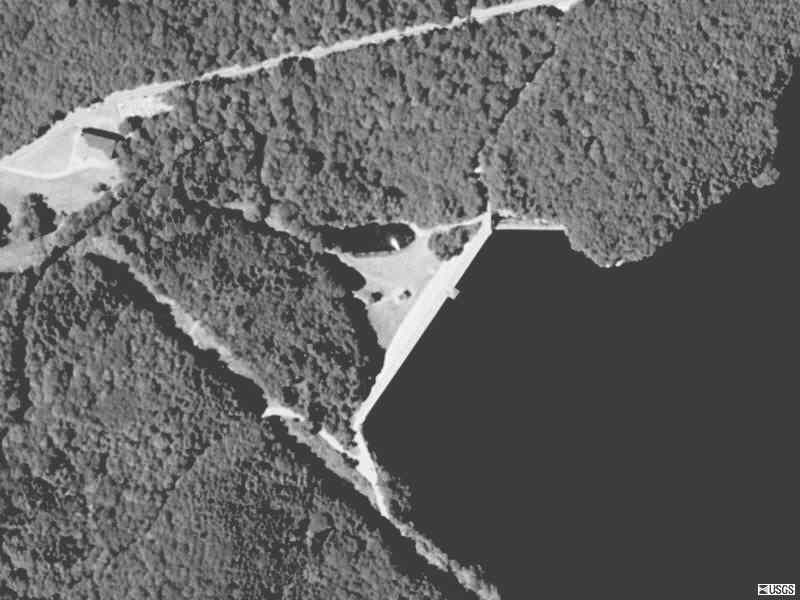 |
| New Croton Reservoir
|
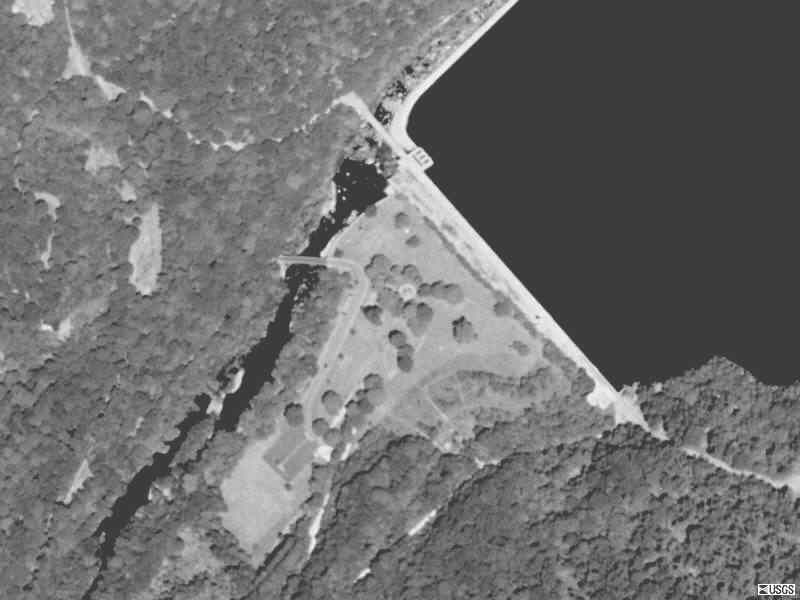 |
| Titicus Reservoir
|
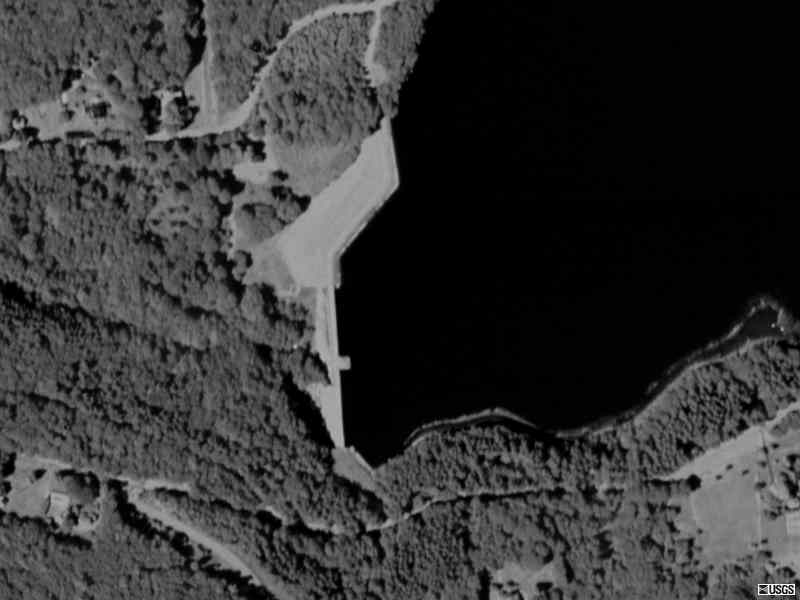 |